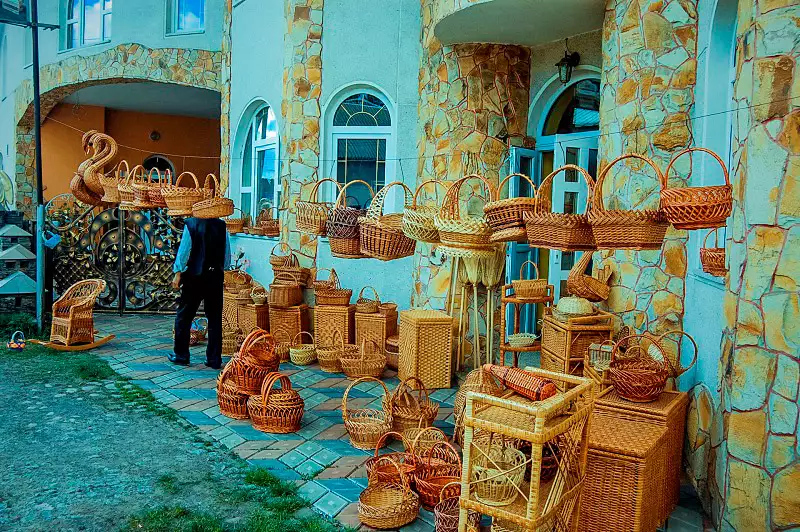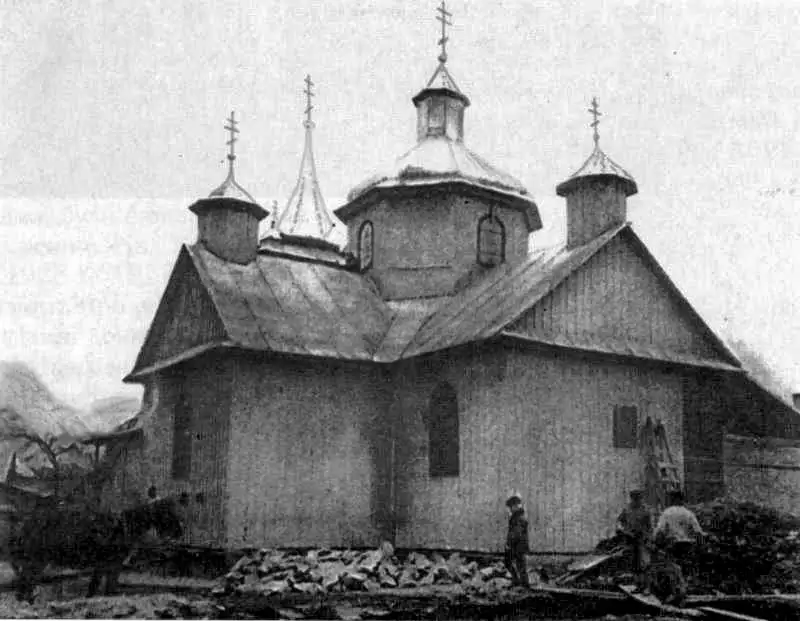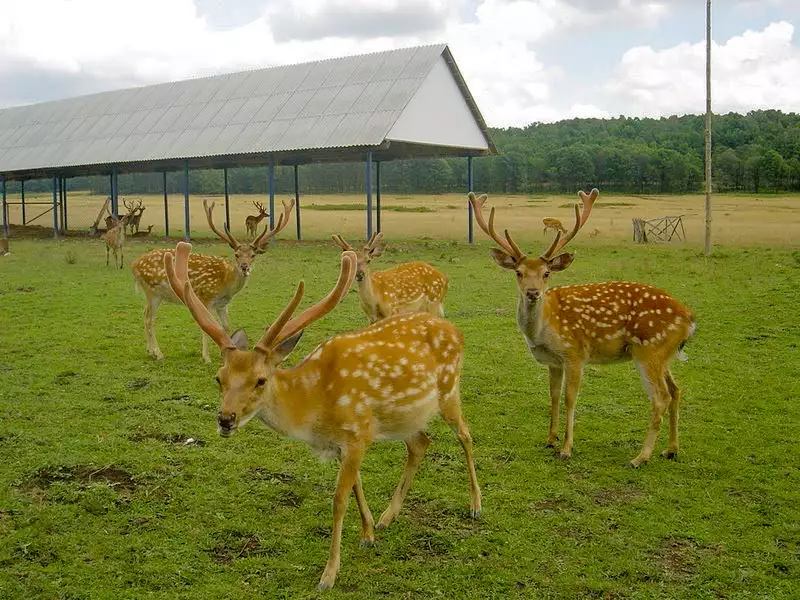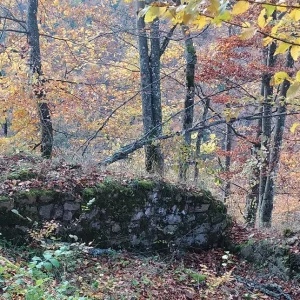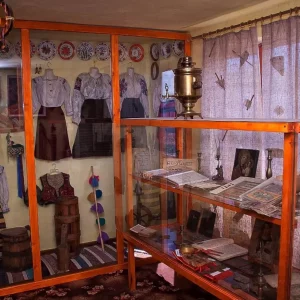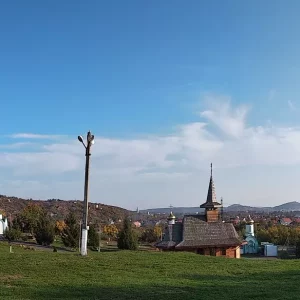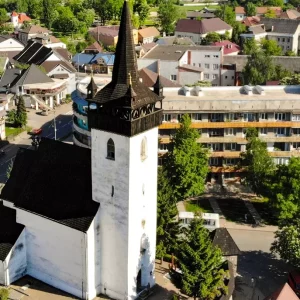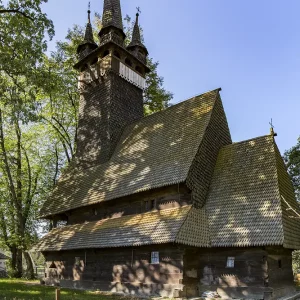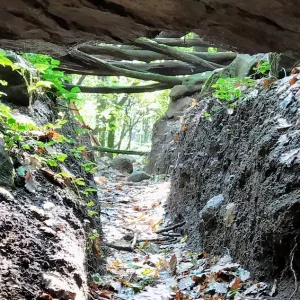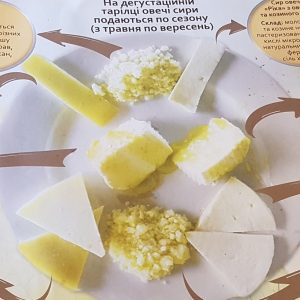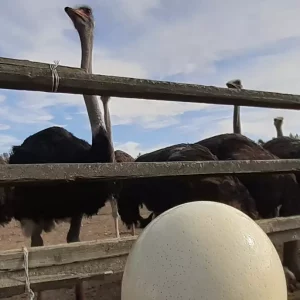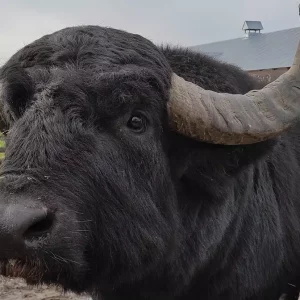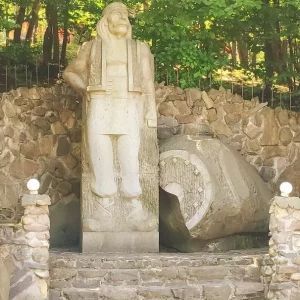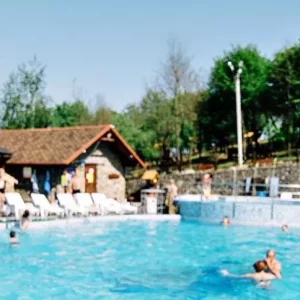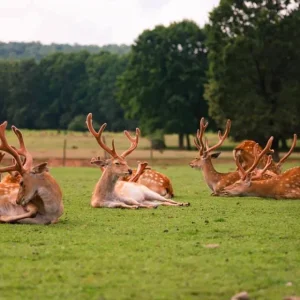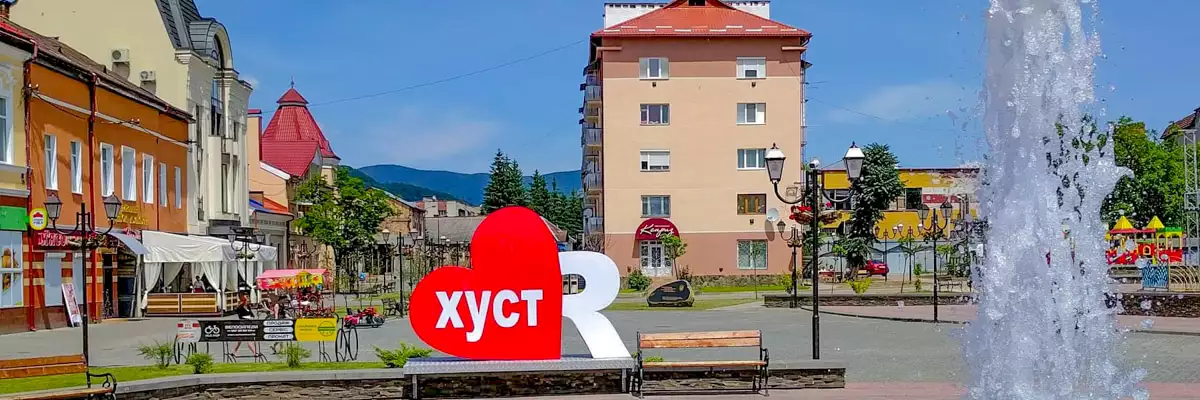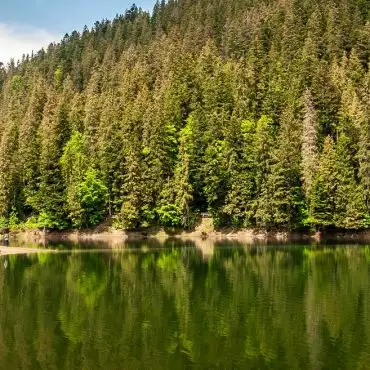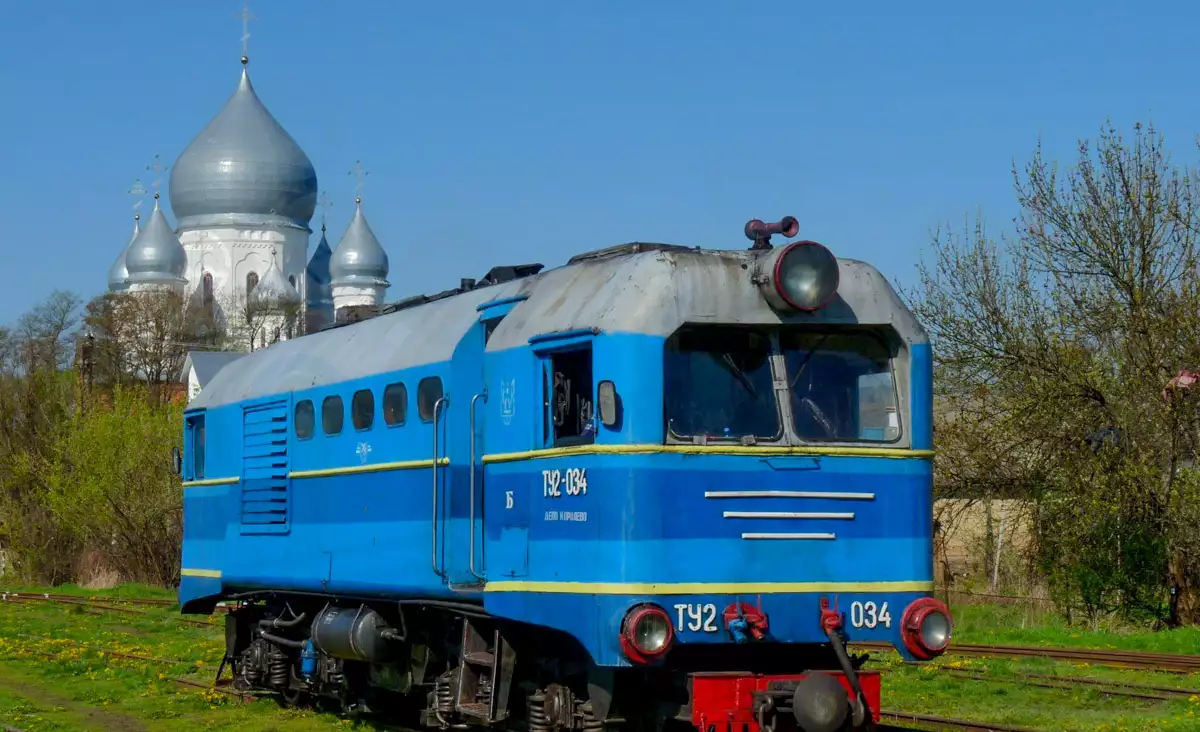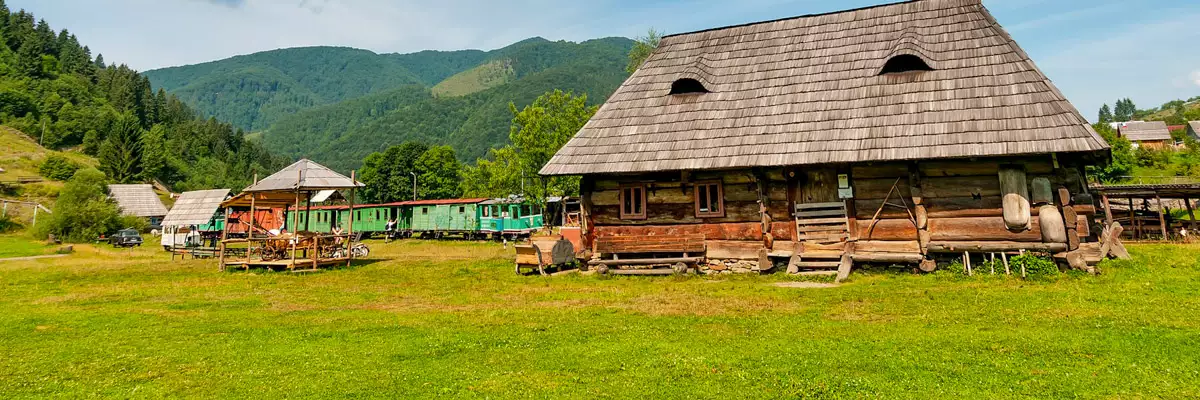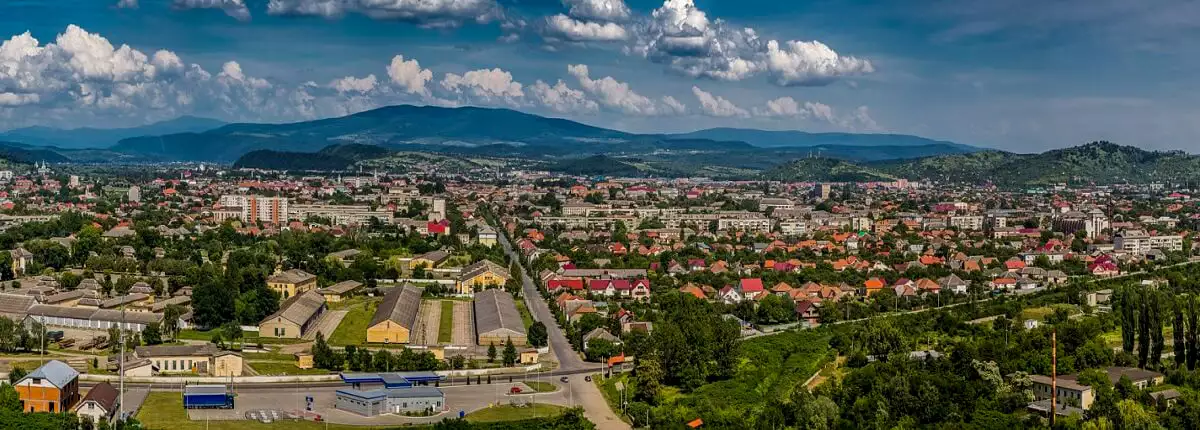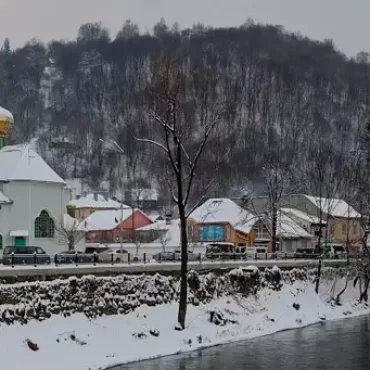The first settlements on the territory of Iza appeared as early as the 1st millennium AD. e., which is confirmed by archaeological research of two burial mounds of the III-IV centuries AD. is.
In historical written sources, the first mention of Iza dates back to 1387.
There are several legends about the origin of the name of the village. According to one legend, the name Iza comes from the surname of the first settler Izai, which is still one of the most common in the village.
According to another version, the village got its name from Isabella, the wife of the Khust voivode. It was she who decided to present this village to the residents of Horodylovo, a Khust suburb, who were affected by the flood. Initially, the village had the name “Izabelino”, which over time was transformed into “Iza”.
The most popular legend tells that the name of the village was given by the Hungarian Queen Isabella, who was passing by the village. In winter, she was driving past the village and had to stop because her carriage broke down. Sincere and kind local residents organized her an extremely warm meeting and quickly helped to fix the transport. Impressed by the kindness of the local Transcarpathians, Isabella gave the first part of her name to the village in order to thank them. Since then, the picturesque village in the Carpathians began to be called Iza, and the queen since then signed simply Bella in all documents.
In the 16th and 17th centuries, the inhabitants of Iza were dependent on the Khust Dominion, and then had obligations to the feudal lords Zygmunds. Feudal obligations were extremely difficult. Thus, in 1786, more than a third of the inhabitants of Iza died of hunger. It is not surprising that the inhabitants of Iza took an active part in the peasant war of 1514 under the leadership of Györde Doža and other popular demonstrations. Heavy feudal duties were abolished only after the revolution of 1848-1849.
In the village of Iza, the famous Transcarpathian polemicist Mykhailo Andrella (1637-1710) spent the last years of his life.
The wicker industry made the village famous throughout Europe at the end of the 19th century. One of its founders in Iza is considered to be Ivan Kashko, who taught this craft to his two sons, who spread fishing in Iza and the surrounding villages. Since then, there are no potato or wheat plantations visible on the lands of Iza, vines – willow bushes – are grown everywhere here. Harvesting of raw materials is carried out from November to March, during which time the vines should be peeled, dried and boiled. The whole family is engaged in this work. All wickerwork masters in Iza have their secrets, which they keep secret.
After the collapse of the Austro-Hungarian Empire in 1918, the village changed hands until it eventually became part of Czechoslovakia.
And since March 15, 1939, Iza became part of the independent Carpathian Ukraine, but already on March 18 it was occupied by the army of Hortist Hungary. Since 1944, Iza, together with all Transcarpathia, became part of the Ukrainian SSR and experienced all the “joys” of the arrival of Soviet power with forced collectivization, deportations and repressions. Since 1991, the village of Iza has been an integral part of independent Ukraine.
